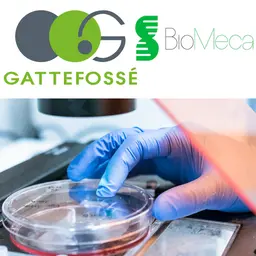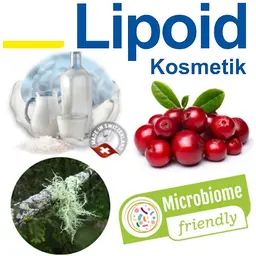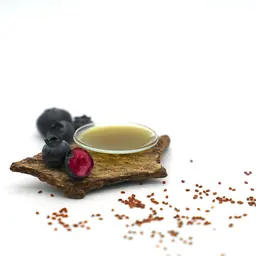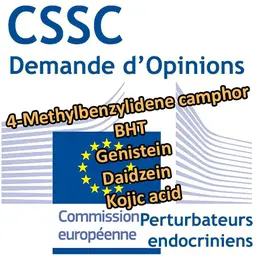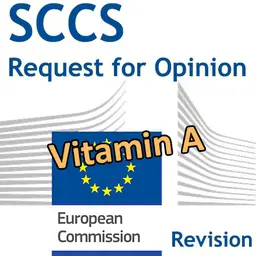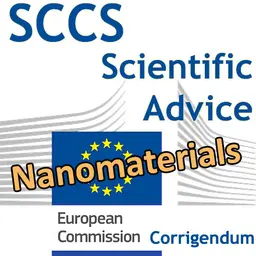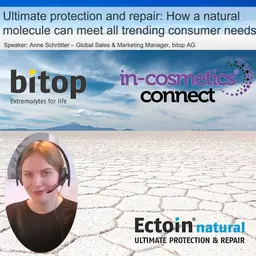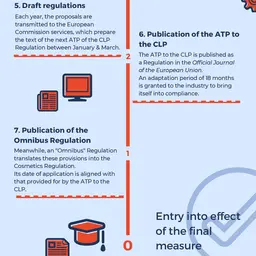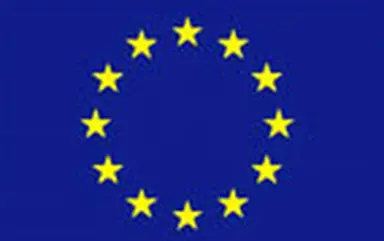
There is a new European Directive, adopted February 4, which once again modifies regulations concerning cosmetic products (currently in the course of repeal). Acting on recent advice of the CSPC (Scientific Committee for Consumer Products), it prohibits the use of two ingredients and imposes limitations on the use of three others (toluene and two ethers of glycol).
February 10, 2009
We recall (in 2007) the affair of toothpastes imported from China contaminated with
Diethylene glycol
(DEG). It had been found in the French market and throughout Europe before all of it was withdrawn from sale. This is this same substance that is the object today of the first prohibition arising from this Directive: the CSPC is thus of the opinion that DEG should not be employed as an ingredient in cosmetic products. It admits however that one can find traces of it, coming from impurities in certain raw materials, but imposes that its presence be limited to 0.1% of the end product.
The second prohibition, total this time, relates to Phytonadione (a form of vitamin K), which can be responsible for serious cutaneous allergies. We recall that vitamin K1 was been prohibited in 2006.
Three Ingredients Together with Restrictions of Employment
As far as concerns restrictions, this Directive, first of all, matches the use of Toluene , a solvent that we still find rather frequently in nail polish and classified CMR 3 (in the class of alarming substances from the point of view of their cancerogenic, mutagen or reprotoxic potential), to new limits. Thus, its maximum authorized …





